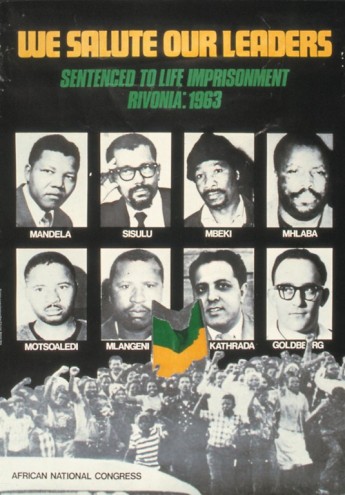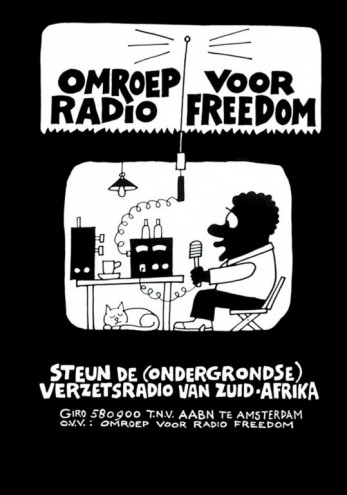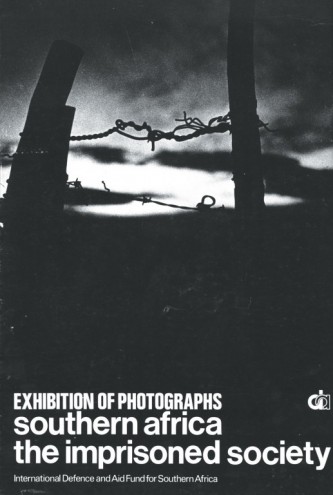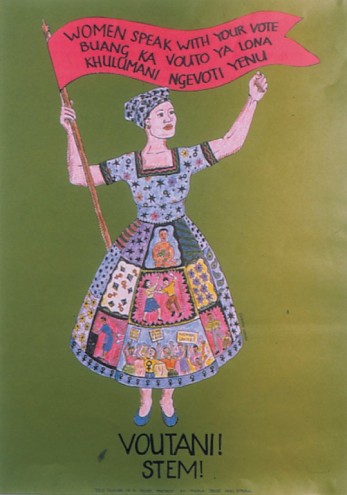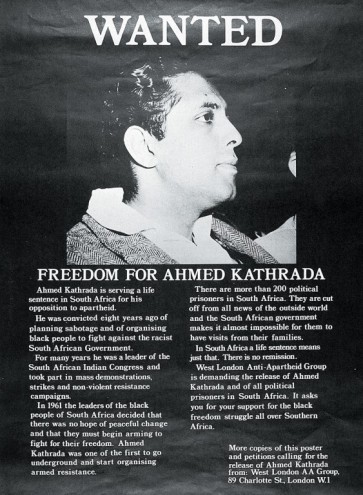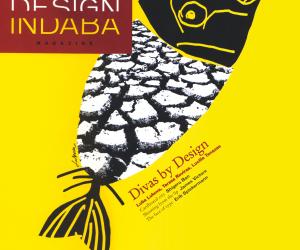First Published in
So given that we have a constitution that allows us to say practically anything, anywhere, and that we are a society prone to theatrical public commentary, where have all the good posters gone? Where is all the impassioned street art that unites people, not at the rugby on Saturday afternoons but intellectually, emotionally, humanly.
We live in the same country where less than 20 years ago, during the most oppressive of the Apartheid years, people were using posters to extraordinary effect. The simple cardboard rectangle was popularising, organising, educating and mobilising. Its function was to comment on a particular situation and connect people under a common banner. And when the posters were torn down by the authorities, the same slogans and logos defiantly appeared on T-shirts at funerals, the only legal public gatherings at the time. 20 000 toyi-toyiing T-shirts, no matter what your politics, is hard to ignore.
Now that the good fight has been won, and we're in the throes of creating a society unfettered by hardcore political viewpoints, where to for the humble poster? Surely it must be more than announcing a cake sale.
James Victore, a graphic designer whose work is featured in this magazine on page 26, says, "In the right hands, you can make massive, massive amounts of change with something as simple as ink on paper. A poster can incite thought, comment, humour. They're not only about 'End the war!' or 'Workers unite!' They can be beautiful and moving and haunting and memorable. They could just make you smile, or think about the small things that make a difference. And despite the Internet, everybody still has to go outside every now and then. Posters will always have a place."
Given our diverse street culture, posters are the perfect medium for South Africa. There is no fee to view a poster, so that puts the LSM excuse to bed. There are ways to get around literacy issues using smart visuals. Eleven-official-languages issues can be dealt with in a similar way. Posters can be produced relatively inexpensively, and at speed. And there are enough lampposts, bus stops, taxi ranks, billboards and shopping centres for their distribution to be countrywide and all- encompassing.
So perhaps the new role of posters in South Africa is as a reinvented, re-interpreted "of the struggle", as art was called by the ANC-in-exile in the early 1980s. Struggle against social prejudice; irrational fears and ingrained racial tensions. A struggle for values, for basic rights, to just be nice to each other.
Perhaps through the unassuming poster, we'll find our real voices again, our sense of worth, hopefully our sense of humour. And in a society so brutalised in so many ways, perhaps, too, our humanity on a level where it really counts.

